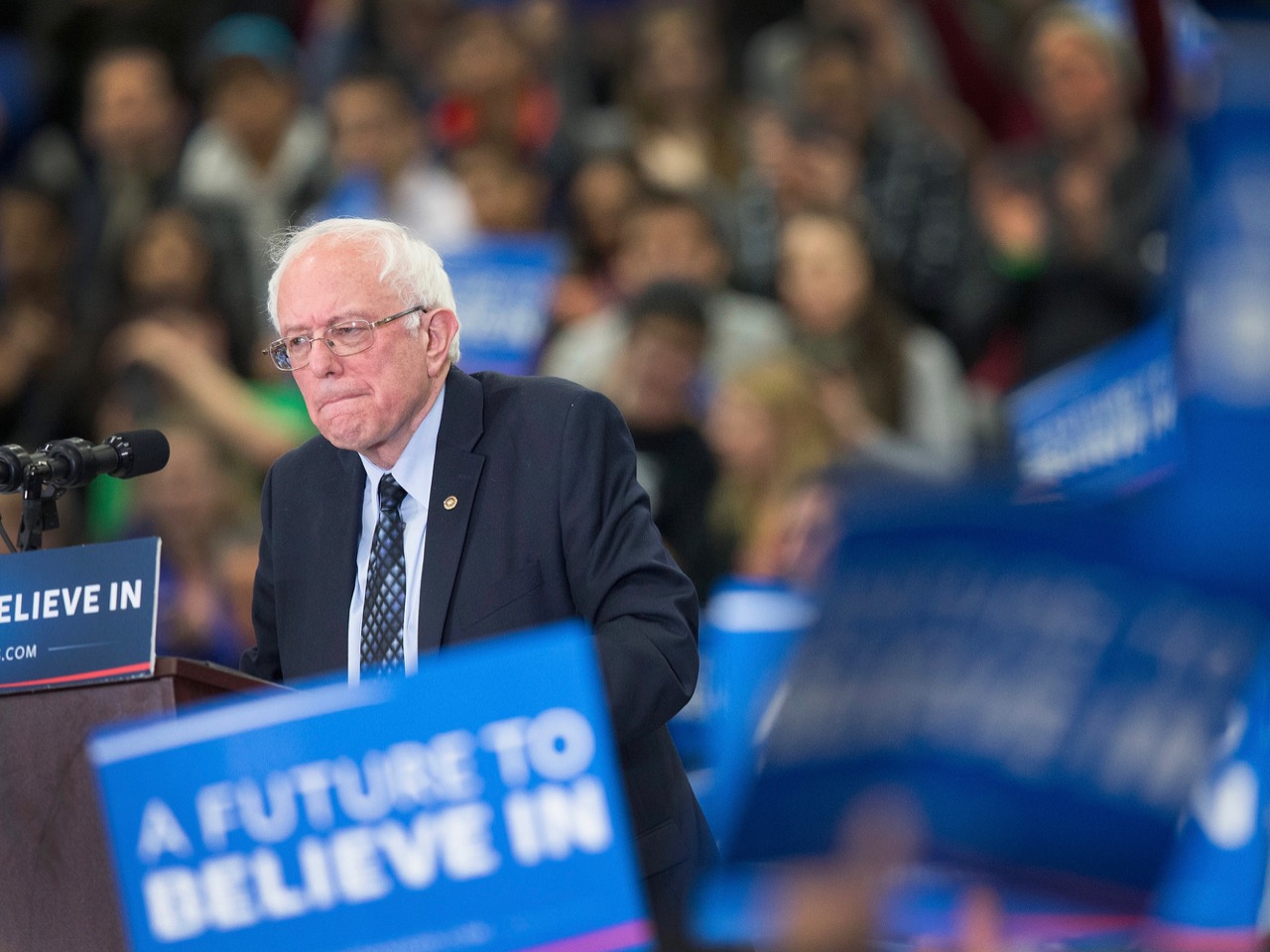
If you’ve read our Slack chats or heard our podcast, you’ll know that I get annoyed whenever the discussion of “lanes” — such as the left/liberal lane versus the establishment/moderate lane — comes up in the context of the Democratic primary. Without getting too far into the weeds,1 I basically have two beefs with most of the analyses I see.
Beef Numero Uno: These analyses tend to treat voter preferences as being frozen in time — they’re about who the voter supports now, and perhaps who the voter currently lists as their second choice. But to the extent that lanes are interesting, it’s because they tell us something about the route a voter took in coming to a decision. A voter who backed Bernie Sanders in 2016 but has since switched to Elizabeth Warren won’t show up as a Sanders supporter if you ask about her current preferences, for instance. But the evolution of this voter’s choice of candidates would actually be evidence of the existence of a left/liberal policy lane.











